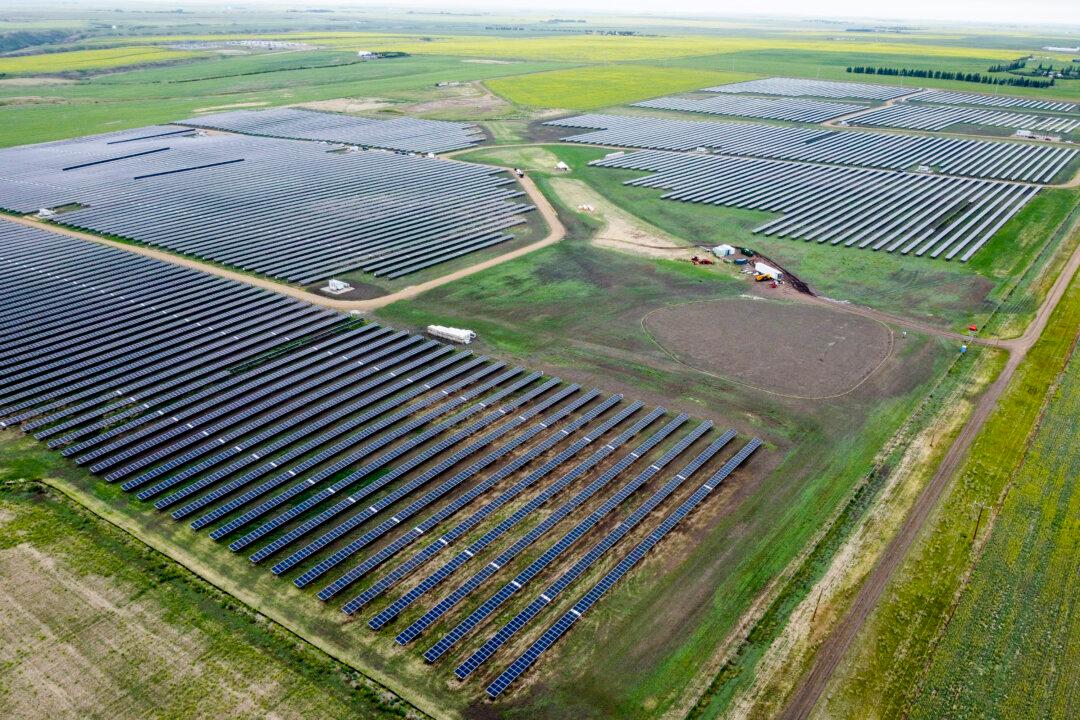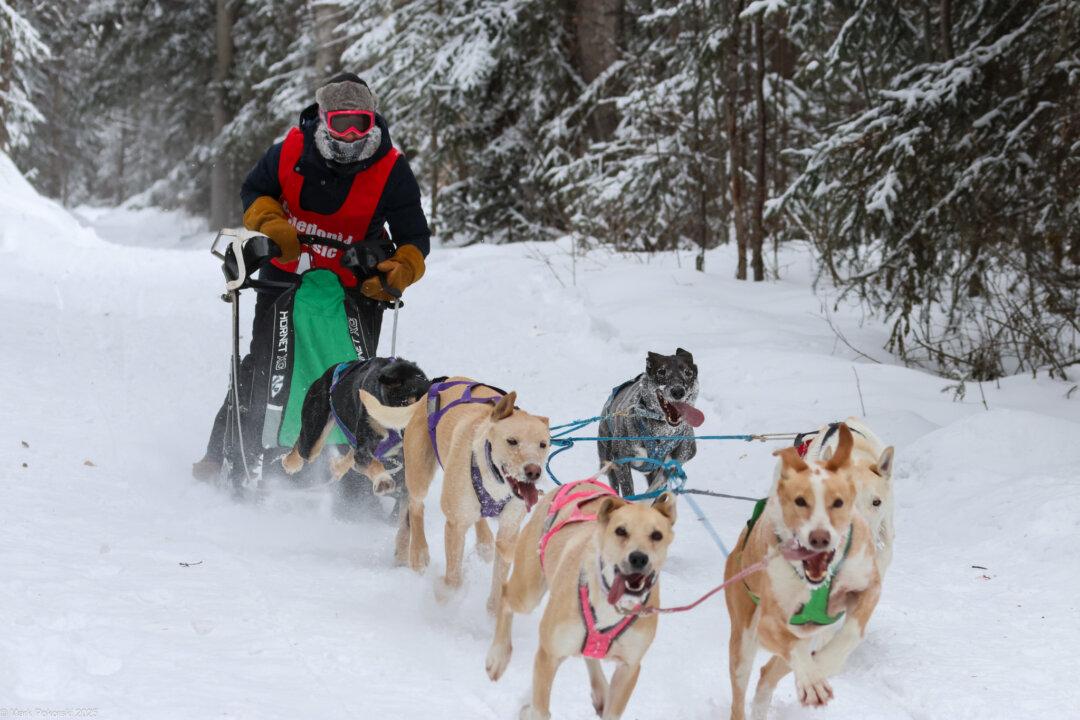Alberta’s Premier Danielle Smith says one of the reasons the province has hit pause on renewable energy is that the electrical system needs reliable backup generation, like natural gas plants that can supply power 24 hours a day, seven days a week.
The government of Alberta announced a six-month moratorium on larger renewable energy projects like wind and solar on Aug. 3, and has been criticized by the renewable industry for doing so with virtually no warning.





